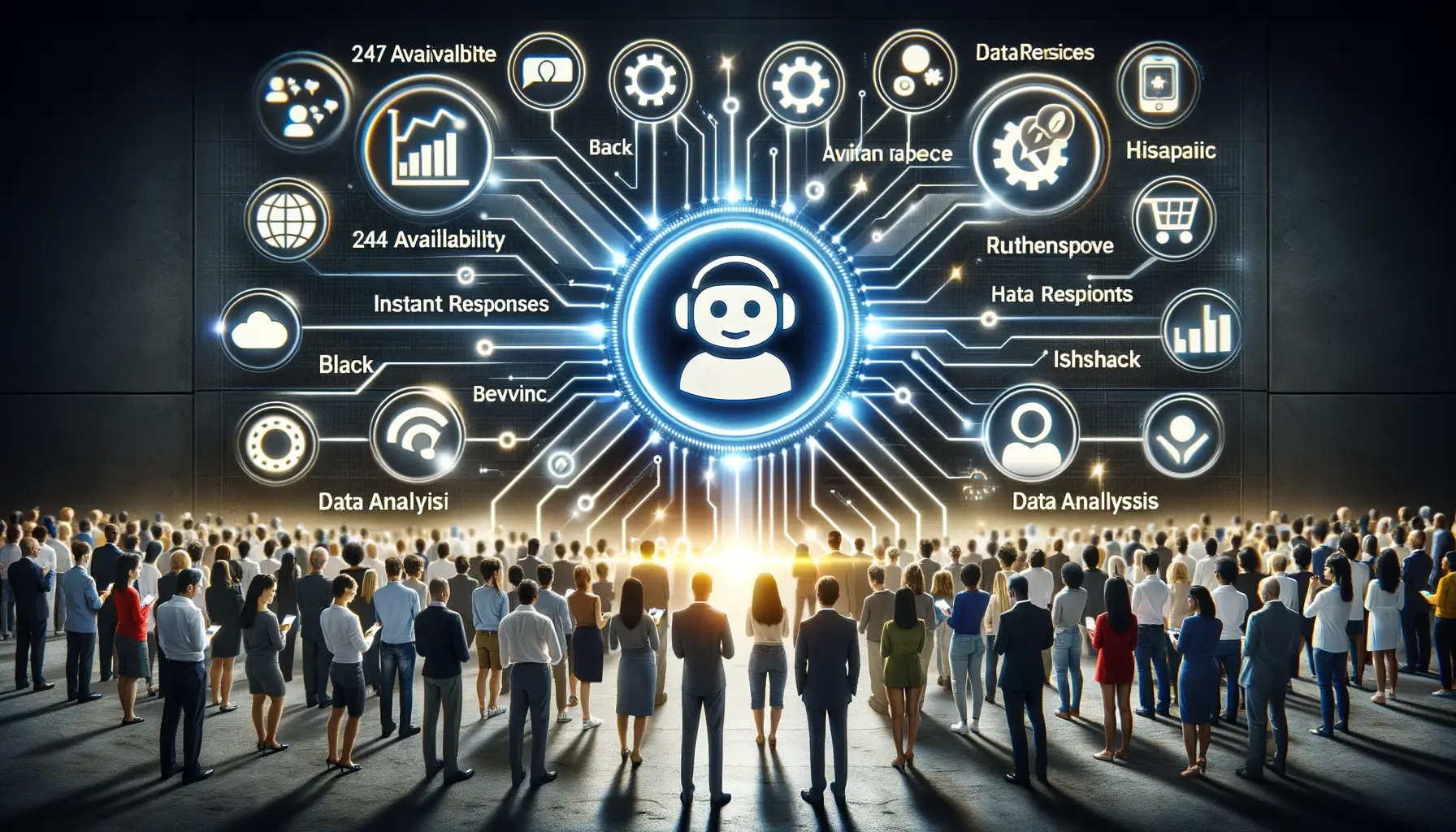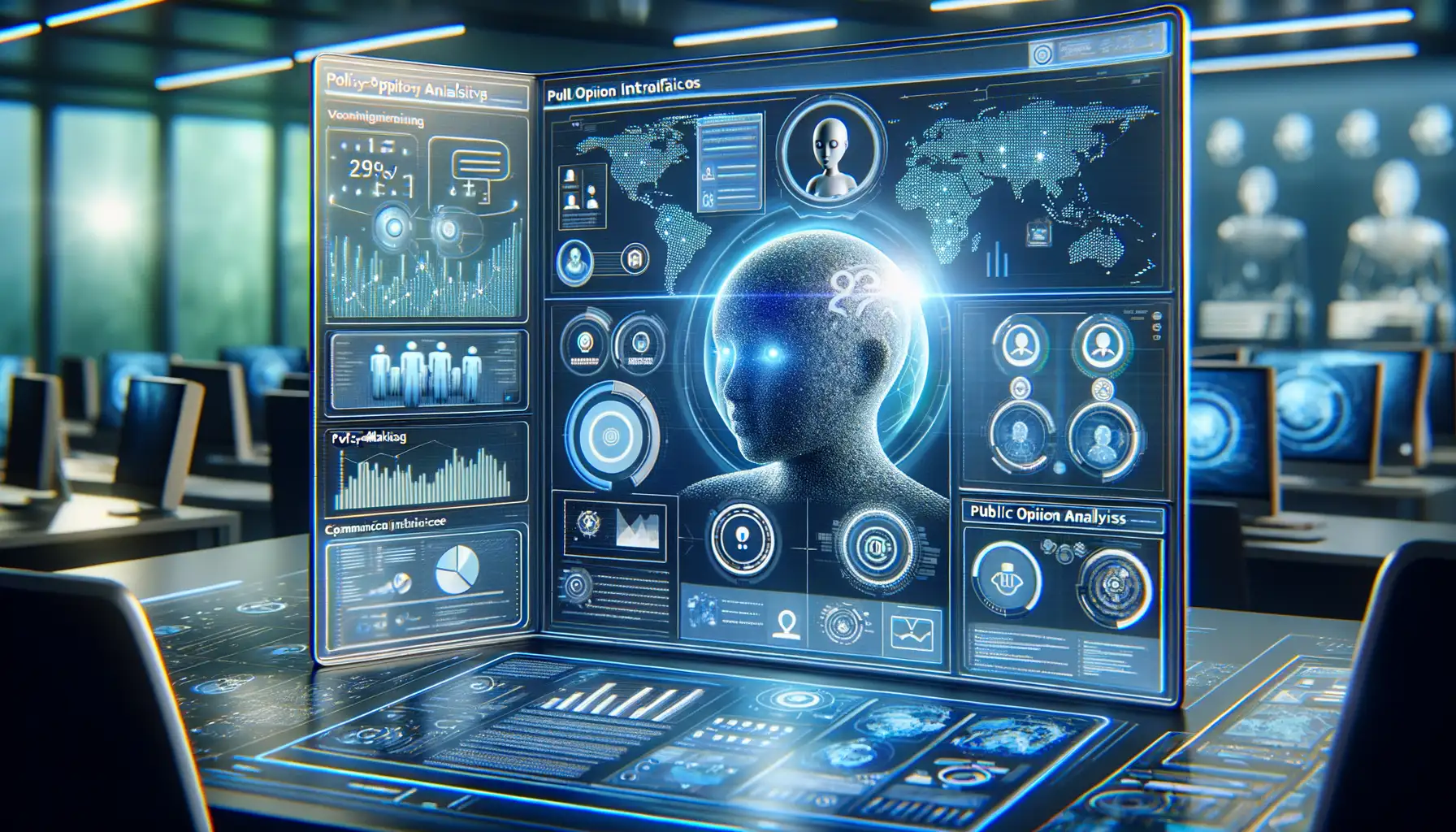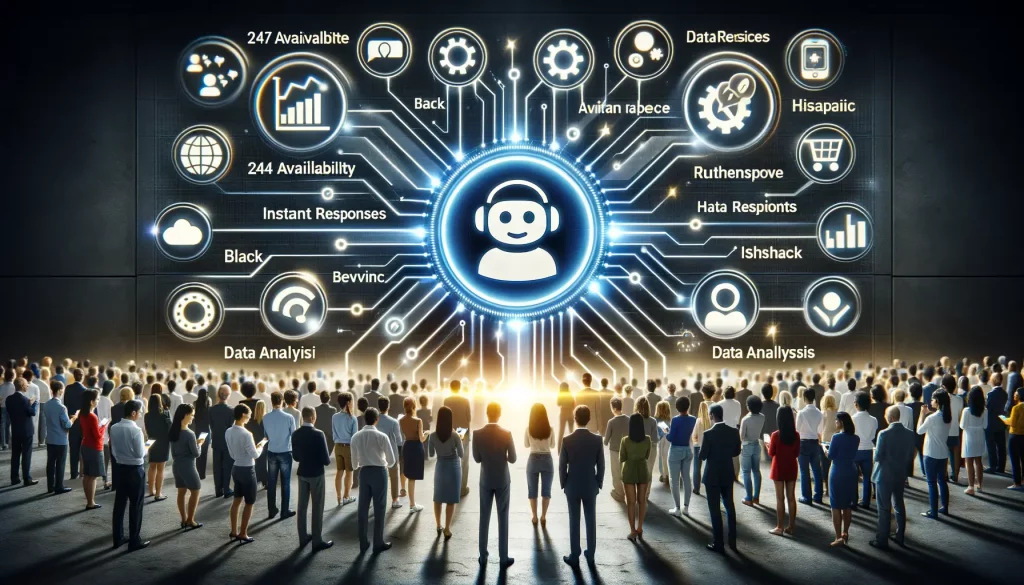Understanding AI Chatbots and Their Role in Governance
How AI Chatbots Are Changing the Face of Citizen Interaction
Imagine calling your local government office, and instead of endless hold music, you’re greeted instantly by a virtual assistant that not only understands your question but resolves it in moments. That’s the magic of AI chatbots. They’re not just tech gimmicks; they’re rapidly becoming the bridge between citizens and their governments.
These AI-driven helpers are designed to simplify complex processes. Whether it’s applying for a building permit or knowing your voting precinct, chatbots turn bureaucratic headaches into seamless conversations. And here’s the twist—they’re learning all the time, understanding nuances in language so they can serve everyone better, from tech-savvy teens to elderly citizens who might need slightly more patience.
- Instant answers: No more waiting for a call-back or searching through outdated web pages.
- 24/7 availability: Because your questions don’t follow a 9-to-5 schedule.
AI chatbots are also helping governments listen. They analyze repeated citizen inquiries, spotting trends and uncovering gaps in public services. Essentially, these bots aren’t just assistants; they’re informants, empowering smarter decision-making at every level.
Key Benefits of AI Chatbots for Citizen Engagement

Your 24/7 Digital Helper: How AI Chatbots Connect with Citizens
Imagine having a friendly, tireless public servant available at any hour—this is the magic of AI chatbots in governance. These virtual agents don’t sleep, take breaks, or lose patience when asked the same question fifty times. They’re always ready to help, and they don’t charge overtime!
With AI chatbots, citizens can instantly access crucial information like how to register for government services, pay bills, or report local issues. No more waiting in endless lines or navigating complicated phone menus. Instead, you get quick, clear answers, whether it’s 2 a.m. or a busy Monday morning.
Here’s what stands out:
- Accessibility for everyone: From young techies to senior citizens, chatbots break down barriers with simple, intuitive interactions.
- Personalized experiences: They remember past queries, tailoring responses to save time and frustration.
- Multilingual support: This isn’t just English-only territory. AI chatbots speak multiple languages, making them inclusive and globally accessible.
Building Trust with Consistency and Empathy
What makes these digital assistants shine isn’t just their efficiency; it’s their ability to understand emotion. A chatbot detecting urgency? It might escalate your issue to a human. Need reassurance after reporting a problem? The polite tone ensures you feel heard. Think of it as blending heart and technology—bridging gaps between governments and communities with every keystroke.
Real-World Examples of Chatbot Implementation in Governance

How Chatbots Are Revolutionizing Governance, One Citizen at a Time
Imagine needing to renew your driver’s license but dreading endless forms and long waits. Now picture this—it’s 10 PM, you’re in your pajamas, and you can chat with a virtual assistant who handles everything in minutes. This isn’t some far-off dream; it’s already happening today. Governments worldwide are harnessing the power of AI chatbots to bring bureaucracy into the digital age—and it’s working like magic.
Take India’s MyGov Helpdesk, for instance. Millions of citizens use this WhatsApp-based chatbot to obtain COVID-19 vaccination certificates, track government services, or simply ask questions like, “What’s the nearest passport center?” The beauty? It operates in multiple regional languages, making services as inclusive as they are efficient.
Closer to home, the U.S. uses chatbots like IRS2Go for quick tax assistance, while Estonia’s KrattAI project pioneers AI-driven citizen queries across public sectors.
Here’s how these bots make civic life better:
- Answering FAQs without frustration—think “Where’s my polling station?”
- Painless form submissions—because no one wants another PDF attachment disaster.
- 24/7 availability—government services that never sleep? Yes, please!
It’s not just efficiency—it’s about connection, breaking down barriers, and making governance feel less… well, governing.
Challenges and Ethical Considerations of Using AI in Governance

Delicate Balancing Act: Potential Risks of AI in Governance
When it comes to integrating AI chatbots into governance, it’s not all smooth sailing. Sure, they promise efficiency and accessibility, but let’s talk about the elephant in the room—the challenges lurking behind the scenes. One major concern? Bias. Even though AI appears impartial, it can unintentionally reflect the stereotypes or prejudices baked into its training data. Imagine a virtual assistant giving unequal priority to certain demographic groups—unacceptable, right?
Then there’s the trust factor. Citizens want their interactions with government systems to feel authentic, yet bots can sometimes come across as clinical or even evasive. A misinterpreted question or overly formal tone can leave citizens feeling unheard. And security? Oh, that’s a biggie! Handling sensitive personal information is no small responsibility, and the risk of breaches or misuse casts a long shadow over the promise of convenience.
- Transparency: How can citizens be sure why a chatbot made a specific decision?
- Oversight: Who holds these digital helpers accountable when things go wrong?
Moral Dilemmas That Can’t Be Ignored
Ethics in AI isn’t just a checkbox on a to-do list; it’s a living, breathing challenge that evolves over time. While chatbots may process thousands of queries daily, are they equipped to handle deeply human moments—grief, frustration, injustice—with empathy? There’s no replacing genuine compassion.
And then comes the slippery slope of surveillance. Governments might use AI tools to monitor public sentiment, but where’s the line between engagement and intrusion? Picture this: a chatbot programmed to assist citizens somehow becoming a tool for monitoring dissent. This dance between innovation and respect for privacy demands vigilance.
It’s clear that while AI opens exciting doors, it also requires us to keep a close eye on where those doors lead. The stakes couldn’t be higher—this is not science fiction; it’s our new reality.
Future Trends and Innovations in AI Chatbots for Governance

Reimagining Citizen Interactions with Emerging AI Trends
The future of AI chatbots in governance is nothing short of mind-blowing. Imagine a world where your local government doesn’t just hear you—they *anticipate* your needs. This isn’t science fiction; it’s the direction we’re heading as AI becomes smarter, more intuitive, and emotionally attuned to human interactions. With the rise of technologies like advanced Natural Language Processing (NLP) and sentiment analysis, future chatbots will understand not just *what* you’re saying, but also *how* you feel. Frustrated about a delayed permit? Your chatbot might respond with empathy, guiding you calmly while escalating the issue—all without a hint of cold bureaucracy.
With future innovations, we can expect:
- Hyper-personalized experiences: Tailored responses based on your preferences, language, and even tone of voice.
- Multi-channel integration: Chatbots that seamlessly move between social media, SMS, and official portals without skipping a beat.
- Proactive assistance: AI notifying citizens of policy changes or deadlines before they even ask.
Breaking Down Language Barriers Like Never Before
One of the most thrilling prospects? Chatbots becoming true polyglots. Governments worldwide grapple with the challenge of multilingual populations—but tomorrow’s bots won’t just translate words; they’ll convey meaning, cultural nuances, and respect for diverse traditions. Picture this: a farmer in rural India seeking subsidy info gets the same clarity and warmth in their native tongue as someone in London might. That’s the transformative power of next-gen AI chatbots.





